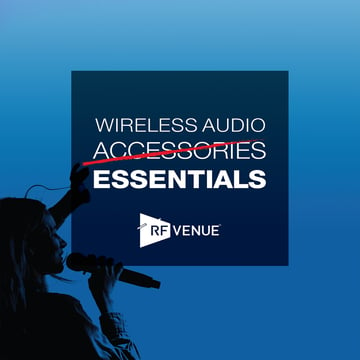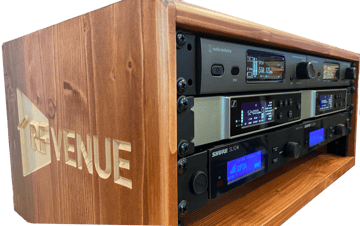- Products
- All Products
- RF PA Extension Kit
- Wireless Microphone Upgrade Packs
- In-Ear Monitor Upgrade Packs
- Wireless Microphone Antennas
- Wireless In-Ear Monitor Antennas
- Antenna Distribution for Microphones
- Antenna Combiners for In-Ear Monitors
- Multi-Zone Antenna Combiners
- Spectrum Tools
- Accessories, Cables and Parts
- Solutions by Venue
- Resources & Training
- Performance Tools
- About Us
What do you do when you need to provide continuous wireless mic coverage in a multi-purpose room, indoor-outdoor configuration, or cover a main stage and green room? Well this may be a job for multi-zone antenna system to interface with your wireless mic receivers. Maybe you have shied away in the past due to the complexity and/or the high cost so today I wanted to call your attention to a new, more simple and cost effective solution to these challenges.
In the past you really only had a couple of choices. Either you could use an expensive multi-zone combiner, most of which have to be custom built, or you could string together a bunch of 2x1 splitters with a number of line amps with added bias Ts and a rat’s nest of coax. Take a look back at our 3 Hacks blog for a simple double antenna setup. This is still a great way to set up if you only need a second set of antennas. Others have suggested similar but larger setups but it’s pretty easy to hit $1,000 in parts alone. We've seen that drive people away from designing and building distributed antenna systems (sometimes referred to as a DAS) for their wireless mics.
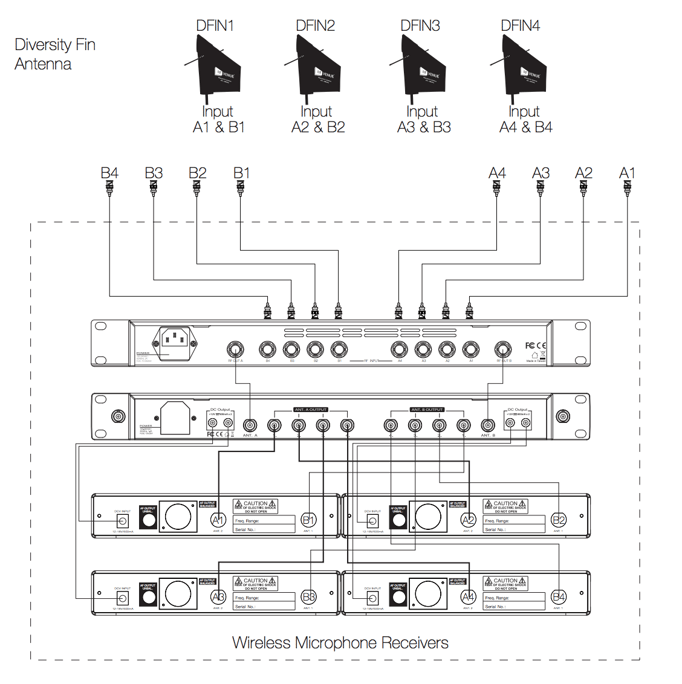 Last summer we introduced our new 4 Zone antenna combiner. This product allows you to combine antennas that then go to your receivers, as opposed to our Combine 4 which combines IEM transmitters to a single antenna. It makes for a simple, non cluttered installation and provides some advanced features such as independent attenuation, bias voltage and the ability to switch off any antennas not needed for the current situation.
Last summer we introduced our new 4 Zone antenna combiner. This product allows you to combine antennas that then go to your receivers, as opposed to our Combine 4 which combines IEM transmitters to a single antenna. It makes for a simple, non cluttered installation and provides some advanced features such as independent attenuation, bias voltage and the ability to switch off any antennas not needed for the current situation.
Simply mount 4 diversity pairs of antennas or even better, use 4 Diversity Fins and route the coax back to the box. Then run the master A&B antenna outs into your antenna distro system. Once connected, walk test each zone independently to make sure you have adequate signal and coverage. Keep in mind that in multi-zone projects there can sometimes be 1-2 zones that are much further away than the others, requiring more coax. Checking your signal level at the multi-zone combiner with a spectrum analyzer is a good way to gauge where in-line amplification is needed.
Here’s a couple real life examples to get you started.
The first is a typical ballroom with curtains or dividable walls. Note the alternating A & B positions of the diversity pairs.
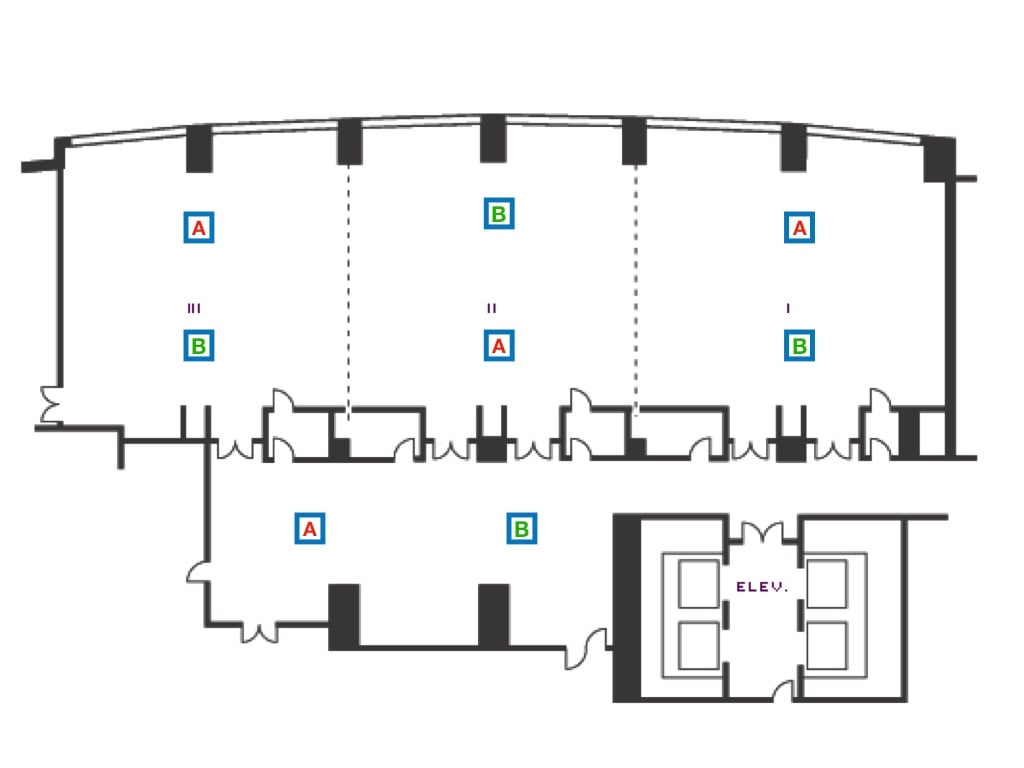
This one could represent a multi-breakout rooms, corporate offices or classrooms.
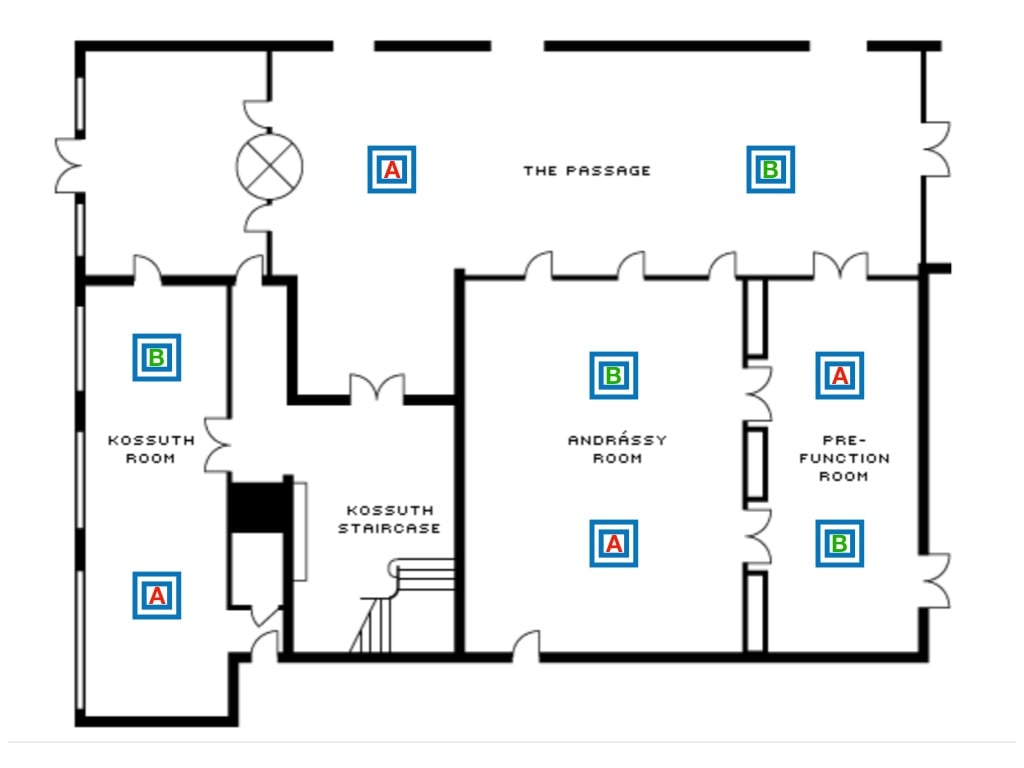
Other situations where a multi-zone system could be the best solution could include stages with a long thrust, a theater where actors enter from the rear of the theater, or a church where coverage is needed in the sanctuary, the vestibule and occasionally from outdoors. Really many situations could benefit from a zone system that include limited range antennas.
Tag(s):
Don Boomer
Don Boomer is Senior applications engineer at RF Venue. He has worked in R&D in the past for Peavey, Sabine and Line 6 and his rock band from his high school days has a song in the Rock n Roll Hall of Fame
More from the blog
Subscribe to email updates
Stay up-to-date on what's happening at this blog and get additional content about the benefits of subscribing.


.jpg?length=360&name=I%20didn't%20know%20that%20BLOG%20(1).jpg)
